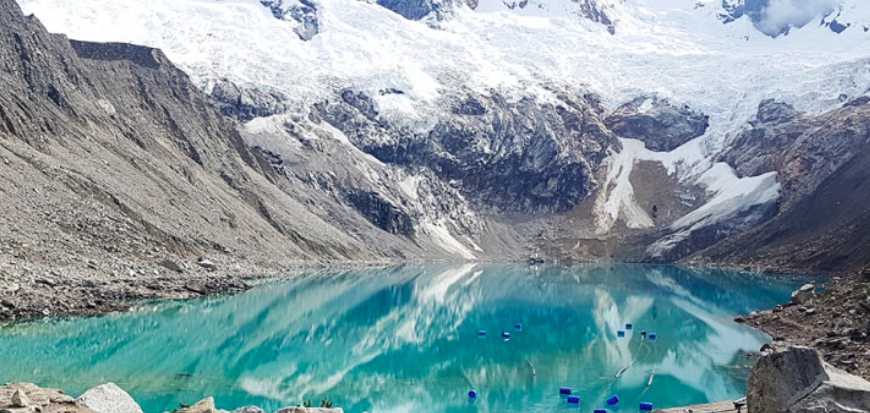According to a report, Peru has lost 49.9% of its glaciers and 3.9% of its natural vegetation in the last 37 years due to the effects of climate change and black carbon caused by fires in the Amazon.
MapBiomas Peru’s first data collection showed that mining areas in the country have increased from 3,000 hectares in 1985 to 119,000 hectares in 2021, a multiplication of 39.6.
The organization also warned that the “accelerated dynamics” of change during the period studied resulted in the loss of 3.9% of natural vegetation and 49.9% of glaciers.

This figure represents “a serious degradation of the country’s ecosystems, their biodiversity, ecosystem services, functionality, and connectivity,” MapBiomas Peru said in its report.
“Glaciers feed the sources of the country’s major rivers and supply water to millions of people,” it adds.
Another ecosystem heavily impacted by human activities, according to the study, is the seasonally dry forests in the north of the country, which researchers say is an under-researched area with many information gaps.
“This area has changed dramatically, and what worries us most is that we are losing it,” stressed Renzo Piana, executive director of one of the institutions leading this initiative, the Institute for the Common Good (IBC).
Piana stressed that “the losses are enormous, and there is no prospect of reversing the trend.”
He added that “the data raise alarm bells and highlight the urgency of decisive and vigorous action for these natural areas in Peru” and that behind these figures are the implications for the food security of local populations.
According to the study, in 1985, about 7.2% of the national territory (about 9.3 million hectares) were anthropogenic areas such as pasture, agriculture, mining, or urban areas, while in 2021, these areas will reach 10.4% of the territory (about 13.5 million hectares).
The Amazon was the region that showed the most significant changes in the last 37 years, with a total loss of 2.6 million hectares (3.6%) of natural vegetation.
Coordinated by the IBC, MapBiomas Network, and RAISG (Amazonian Network of Geo-referenced Socio-environmental Information), the study was presented this Friday, 3, in Lima.

